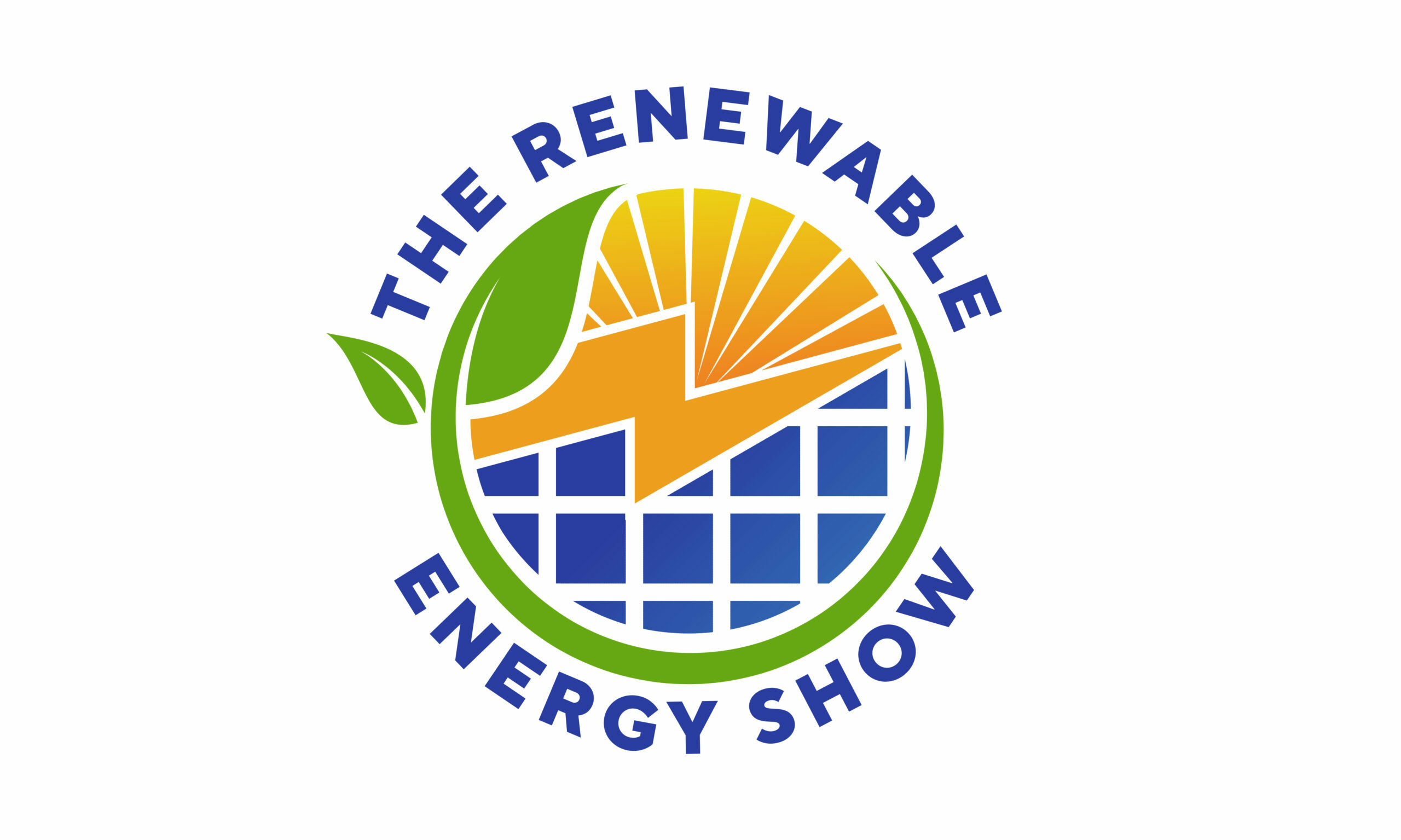Imagine waking up in the year 2050 to a world where towering cities are blanketed in lush greenery, where vehicles hum along solar-powered roads, and where towering turbines harness the wind to generate electricity. This is the vision of the future that we can create if we work together to achieve the ambitious green development goals set out by the United Nations.
In a world where climate change has ravaged the planet, the innovative and forward-thinking societies have emerged as beacons of sustainability. Cities like Tokyo and Singapore are now self-sustaining eco-systems, with green roofs and walls, vertical farms, and energy-efficient buildings that produce more power than they consume. The air is crisp and clean, and the residents are healthier and happier as a result.
But this isn’t just a snapshot of the future – it’s a roadmap for the present. The green development goals, outlined in the UN’s Sustainable Development Goals (SDGs), aim to transform the way we live, work, and interact with the environment. The 17 SDGs, adopted by world leaders in 2015, are a call to action to address the pressing challenges of poverty, inequality, and climate change.
At the heart of the green development goals is the understanding that economic growth and environmental protection are not mutually exclusive. In fact, studies have shown that investing in sustainable development can create new economic opportunities, stimulate innovation, and drive growth. By prioritizing green infrastructure, renewable energy, and eco-friendly technologies, we can create a more prosperous and resilient future for all.
One of the key areas of focus is energy poverty. In many parts of the world, people lack access to reliable and affordable energy, which hinders economic development and perpetuates poverty. The green development goals aim to increase access to energy, particularly for the most vulnerable populations. This includes investing in renewable energy sources like solar and wind power, as well as energy-efficient technologies that reduce waste and consumption.
Another critical area is sustainable agriculture. As the global population grows, the demand for food is increasing, but the environmental costs of conventional agriculture are becoming increasingly apparent. The green development goals aim to promote sustainable agriculture practices, such as permaculture and agroforestry, which prioritize soil health, biodiversity, and efficient water use. This not only reduces the environmental impact of agriculture but also improves food security and enhances rural livelihoods.
The green development goals also emphasize the importance of sustainable consumption and production patterns. This includes reducing waste, promoting circular economies, and encouraging businesses to adopt sustainable practices. By making sustainable choices in our daily lives, we can reduce our carbon footprint, conserve natural resources, and promote eco-friendly innovation.
Achieving the green development goals won’t be easy, but the benefits are well worth the effort. By working together, we can create a more sustainable, equitable, and prosperous world for all. As we look to the future, it’s clear that the green development goals are not just a set of aspirations – they’re a roadmap for a brighter, more sustainable tomorrow.
